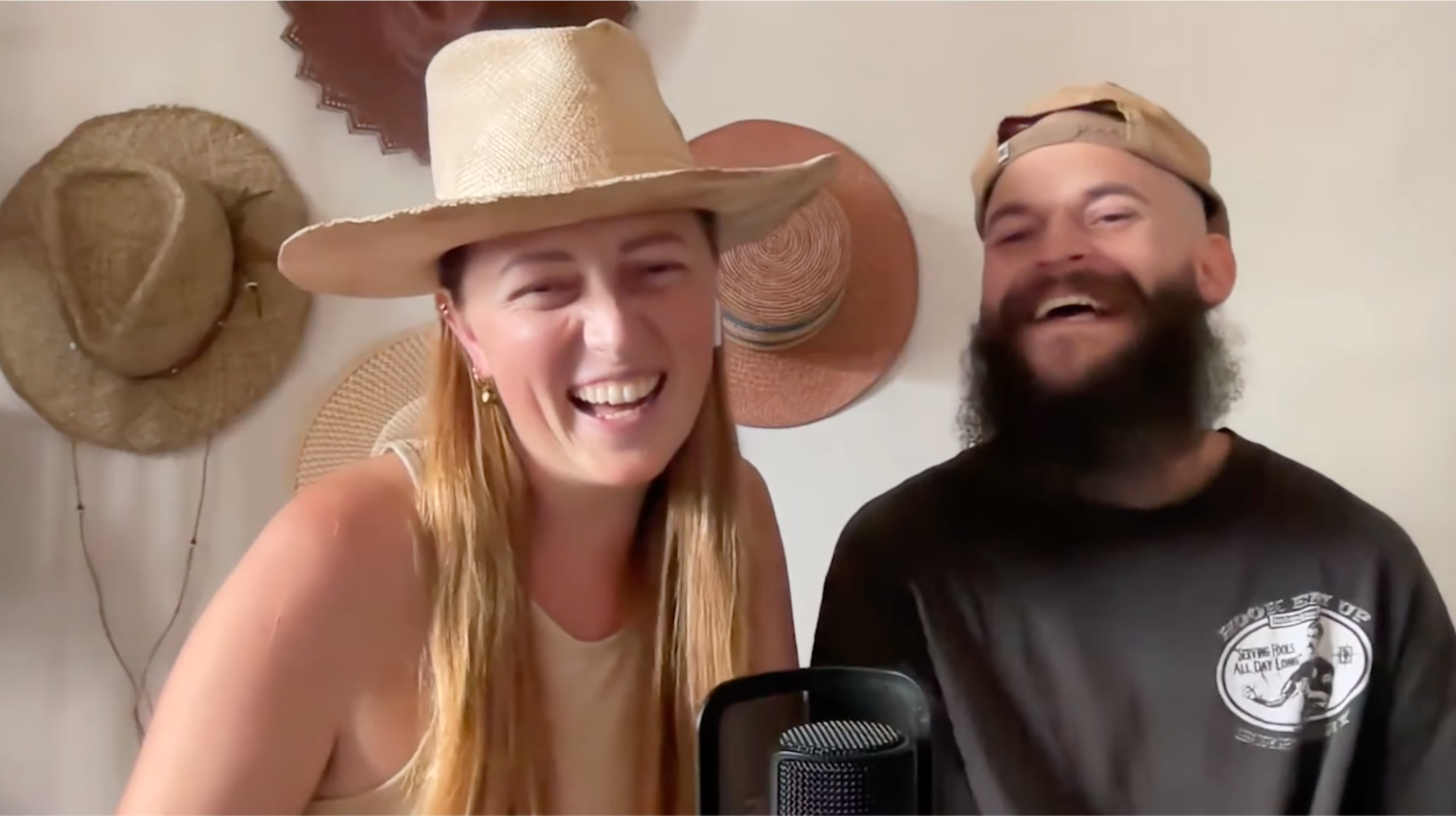Beyond My Lens: Photographer Katie Levine’s Storytelling Podcast, Supported by Narrative
Blog
By Taylor Nixon
This blog was originally published in Nov 2024. We've since refreshed it with new tips and tricks for 2025!
Do you rely on a single source of income from your photography business?
Even if you’re doing amazing in your career, relying on one income stream is risky. A sudden illness, life changes like starting a family, or another global pandemic can really throw off everything.
By diversifying your photography income, you can:
Have the freedom to pivot when life throws you a curveball.
Future-proof your business by leveraging your skills into multiple earning streams.
Earn a lot more money for a little more work.
Cultivate a creative outlet independent of clients’ demands.
Get exposure to new audiences.
Ready to explore new opportunities? Here are four proven ways experienced photographers have diversified their income.
Many photographers love capturing images but hate the time spent post-processing. Selling digital assets creates passive income while helping other photographers achieve a consistent look and save time editing.
Sell through your website or via platforms like Etsy or Gumroad. You can easily create presets in Lightroom Mobile while on the go, then transfer them to the desktop version to share.
Utah-based photographer India Earl created the Honey Preset collection to balance skin tones in any lighting scenario, making her preset appeal to a broad audience. She adds value with video tutorials and PDF guides to learn how to make the most of the presets and how to customize them to create your unique style.


Images: indiaearleducation.com
Get started with 1000 free credits.
Turn your experience into a revenue stream. There is a huge opportunity to share your talents with emerging photographers, from small-scale instructional videos to in-person workshops. Beyond practical photography advice, you have valuable experience in running a business.
Empower beginners to get started by sharing your experience on topics such as:
Offering photography education through courses or workshops brings in extra income without relying on client-based work.
Henry Tieu offers a fantastic array of educational resources that might inspire you to design your own. He uses his experience as an ICU Nurse to deliver “care from the heart” in his workshops to help other photographers create successful businesses. He customizes his sessions to the individual to best help them grow their photography business. His one-on-one sessions start at $2,000.
Try offering a variety of sizes and price points. Jai Long has been coaching photographers and creatives since 2015. He offers online courses from $27 for replays of workshops to $2497 for a 12-month coaching course. He also runs virtual and in-person events around the globe.

Image: henry-tieu.com
You have gained a massive knowledge base the hard way: through trial and error. Mentorship provides another way to monetize your expertise.
Share your successes and failures with aspiring photographers. You can pass on your experience to the next generation of photographers and even learn some new things yourself. Mentorship also fosters lasting relationships with up-and-coming photographers that could lead to future collaborations, other income opportunities, or just the pleasure of watching others grow thanks to your guidance.
Anissa D provides two mentorship courses. The first is a two-hour online session where she offers guidance on everything from marketing to building a portfolio and invoicing, priced at $600. The second course adds an hour of preparation for an in-person couple’s session and runs $1500. In addition to these one-on-one mentorship sessions, Anissa offers ebooks for purchase about marketing on Instagram and creating reels that would potentially appeal to a broader audience beyond photographers.

Image: anissadphotography.com
Do you have non-photography related creative outlets that you can lean into to diversify your photography income?
Your side hustle doesn’t have to be directly tied to photography. You could find a way to express your brand and reach a broader audience through unconventional methods. There are obvious photo-related accessories like postcards or zines, but think outside the box—the sky's the limit.
Married couple Chris and Ruth naturally progressed into a side business completely unrelated to photography: making hats. In an interview with Narrative, they told the story of how they always wore hats when shooting weddings and people started associating that with their brand. Now, they make and sell handcrafted custom hats out of their Mallorca studio. Ruth says they see themselves as more than wedding photographers—they are self-employed business owners who will forever create new things.

Image: Chris and Ruth, screenshot from Narrative interview
Earning a living as a photographer means succeeding in a competitive and unpredictable market. By diversifying your photography income, you open the door to greater financial stability and creative opportunities. Start small, build on what you’re already good at, and stay true to your brand.
Time to turn your skills into fresh revenue streams. What avenue can you explore to enhance your photography income?